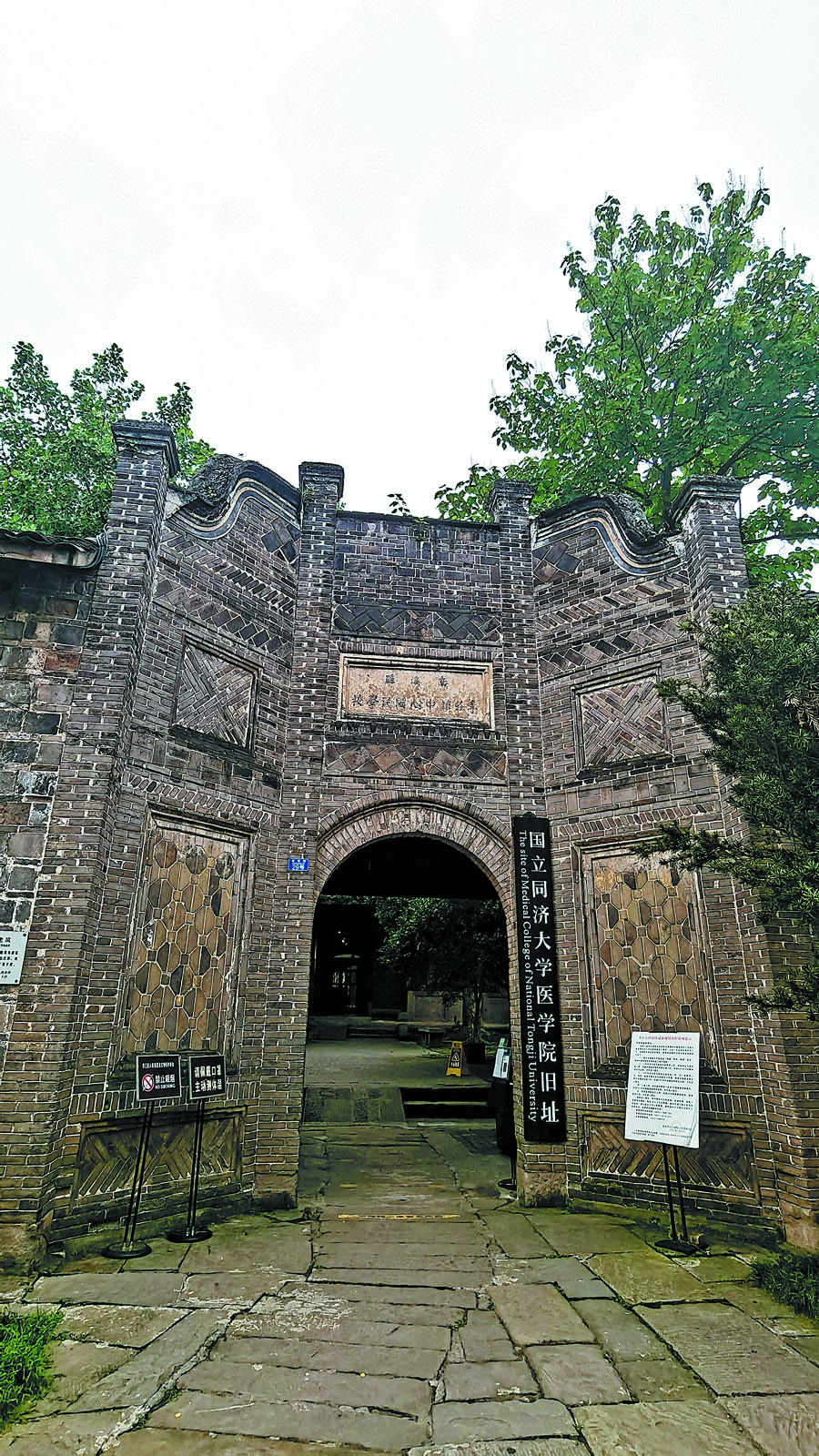Academic refuge


In the spring of 1943, the team participated in the excavation of the Yongling Mausoleum in Chengdu, Sichuan, studied its cultural relics and contributed to the research in art of the Five Dynasties and Ten Kingdoms (907-960) period.
The Yongling Mausoleum, where Wang Jian (847-918), founder of the Shu Kingdom (907-925) was buried, is the only ancient mausoleum found in China to have been built above ground.
Inside the mausoleum are relief sculptures of two female dancers alongside 22 female musicians that were members of Wang's imperial band, as well as a stone statue of a seated Wang. They are China's most completely preserved sculptures of an imperial band of the Tang Dynasty (618-907) while the effigy of Wang is believed to be China's only statue carved on the basis of an emperor's true appearance.
Surrounded by vegetable fields, a house inhabited by Liang Sicheng and his wife, Lin Huiyin, two masters in architecture, is in Lizhuang. In the study is the effigy of Liang working with his assistant Mo Zongjiang, who later became one of the leading designers of the national emblem of the People's Republic of China after it was founded in 1949. During their six-year stay in Lizhuang, Liang and Lin visited most ancient structures in Sichuan. It was there that Liang compiled the book History of Chinese Architecture, the first book of its kind in China.
To support a family of five, the poor couple had to plant vegetables in their courtyard. When John King Fairbank, a lifetime professor of Harvard University, visited Liang and Lin, in Lizhuang, in 1942, he lived in their home. He said that Americans would have deserted books if they were in the same financial state.
























